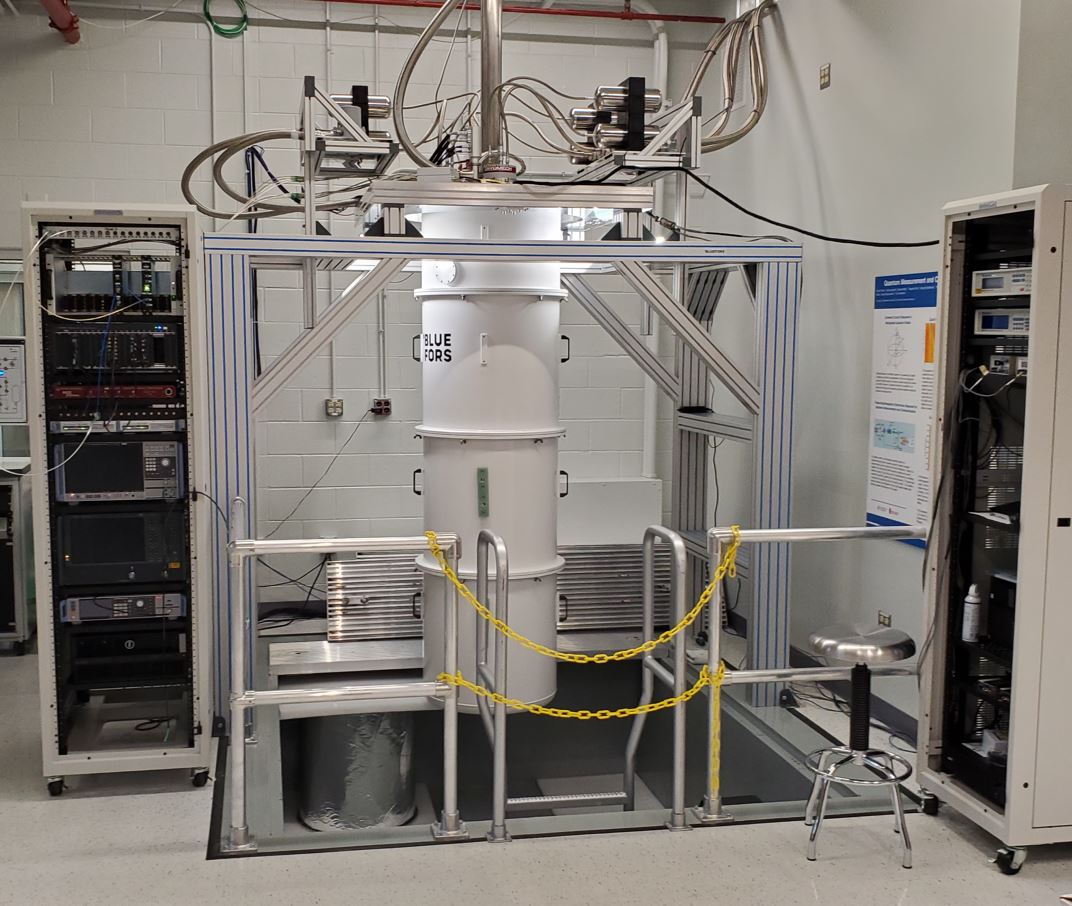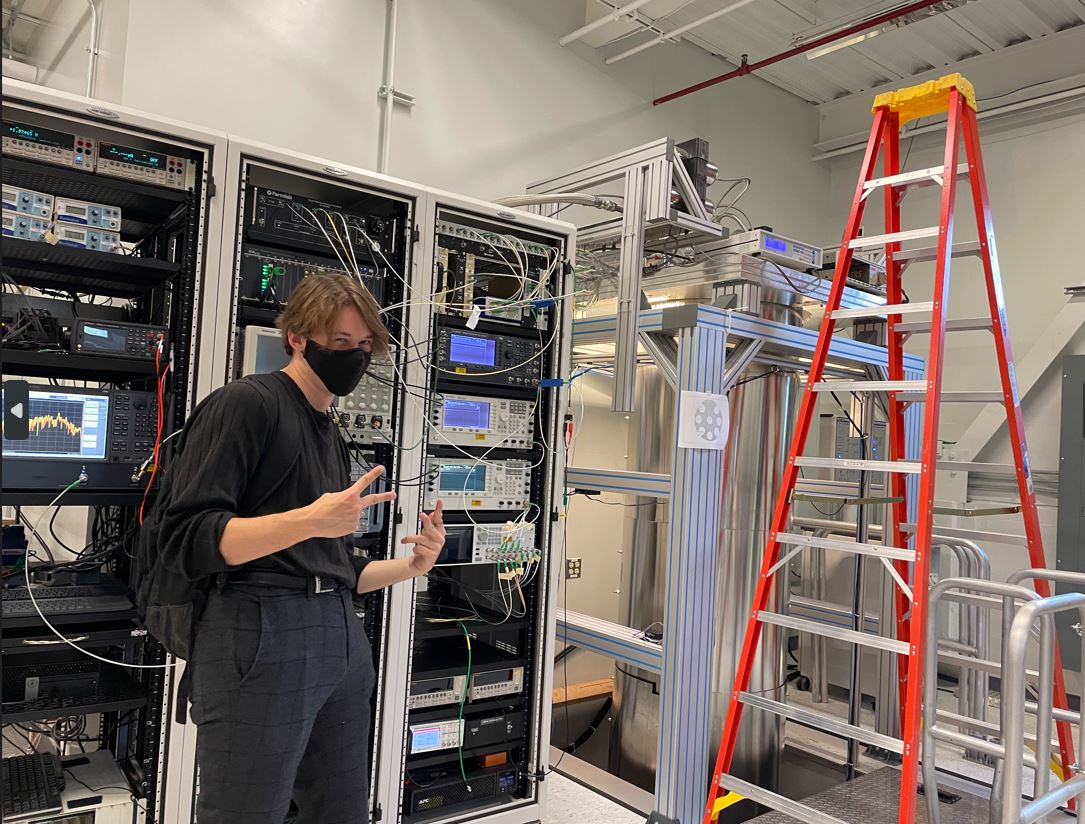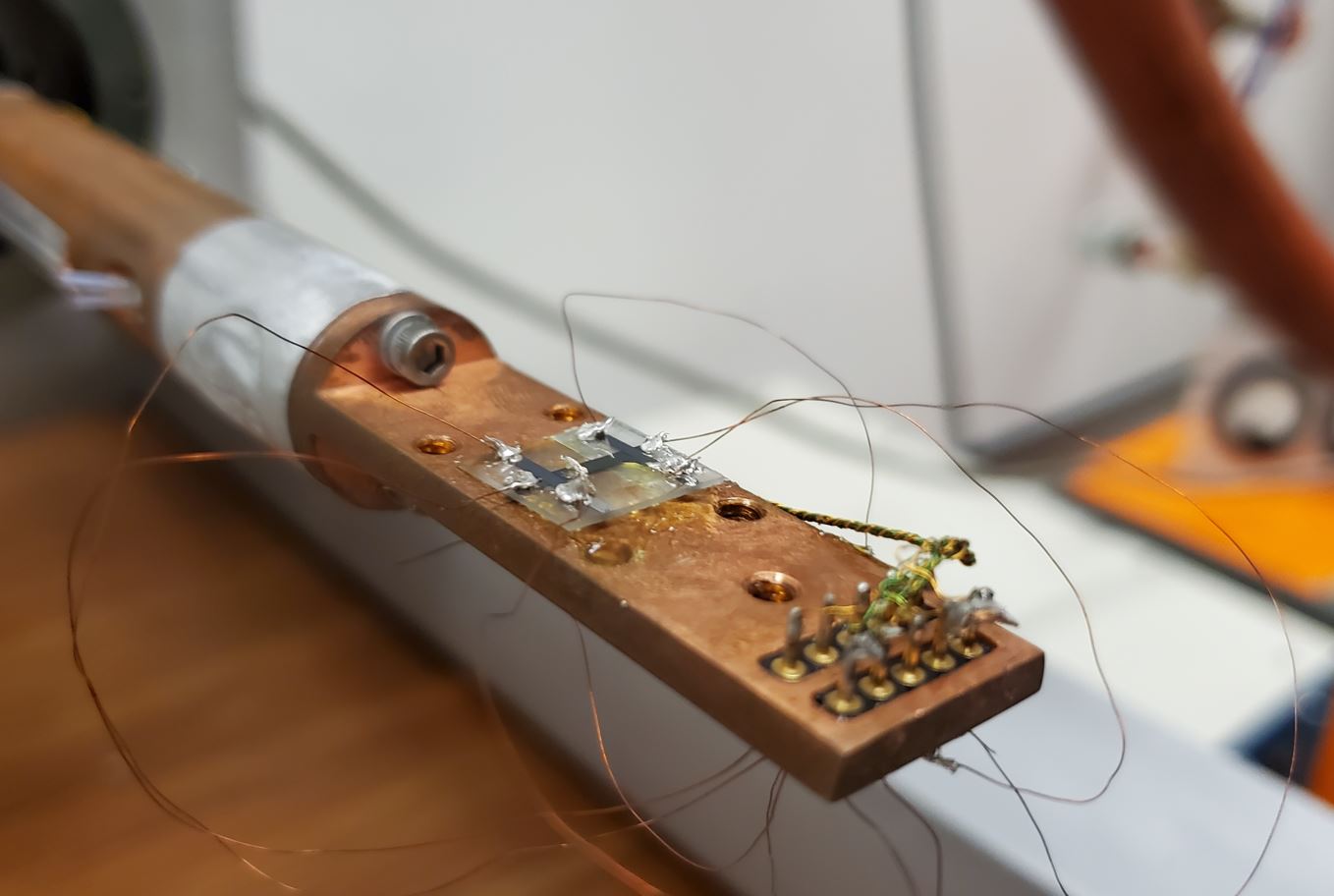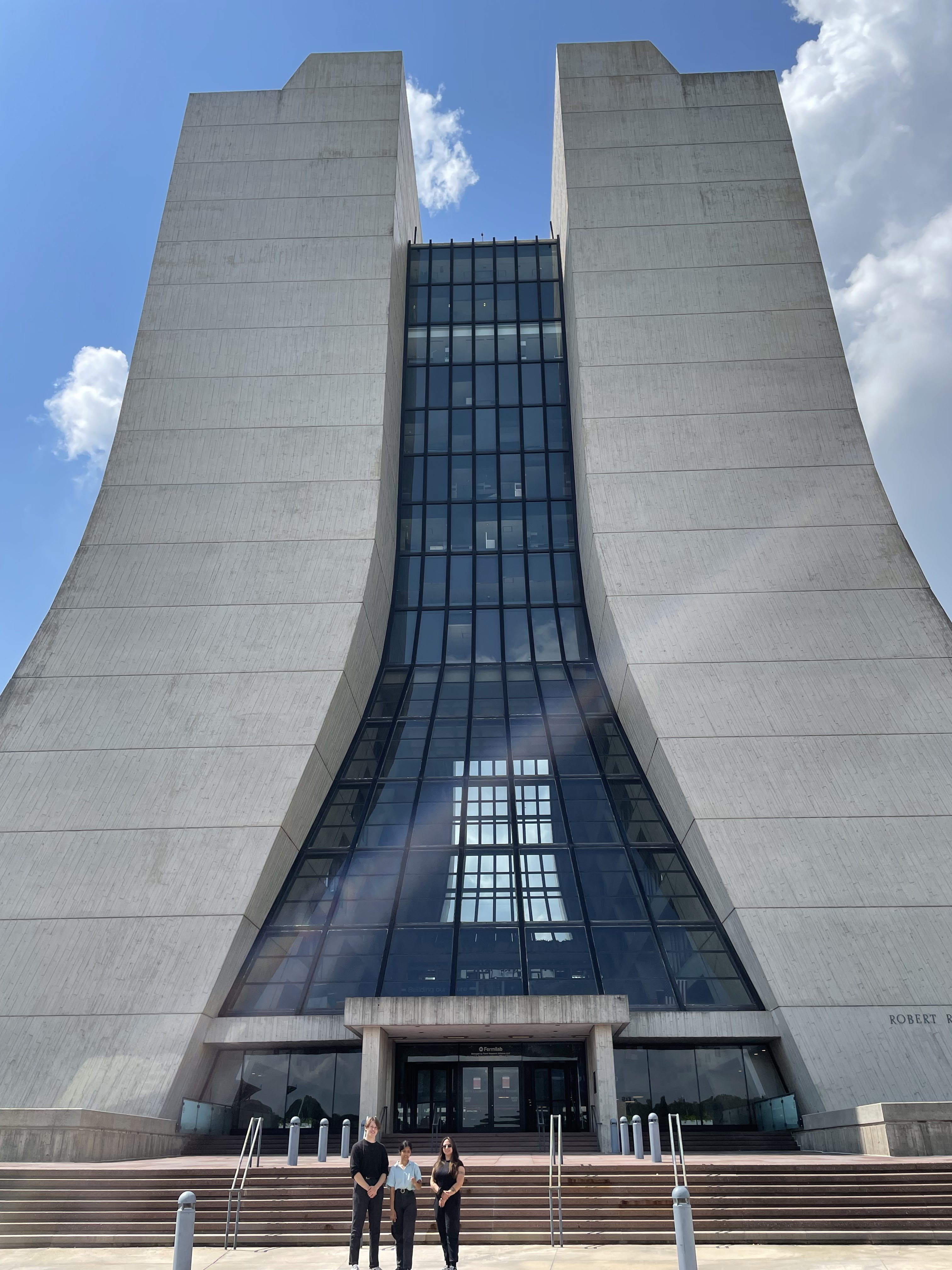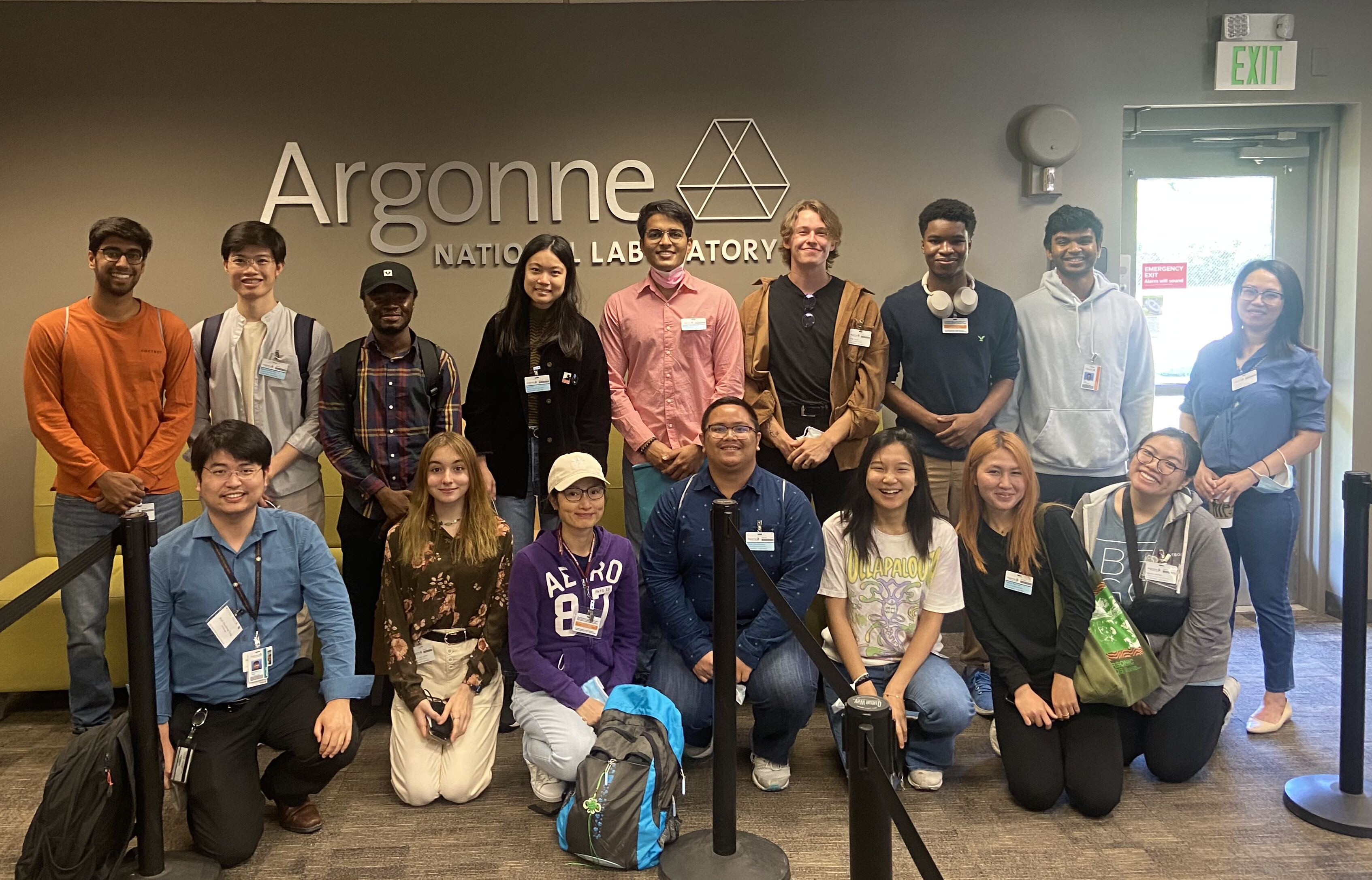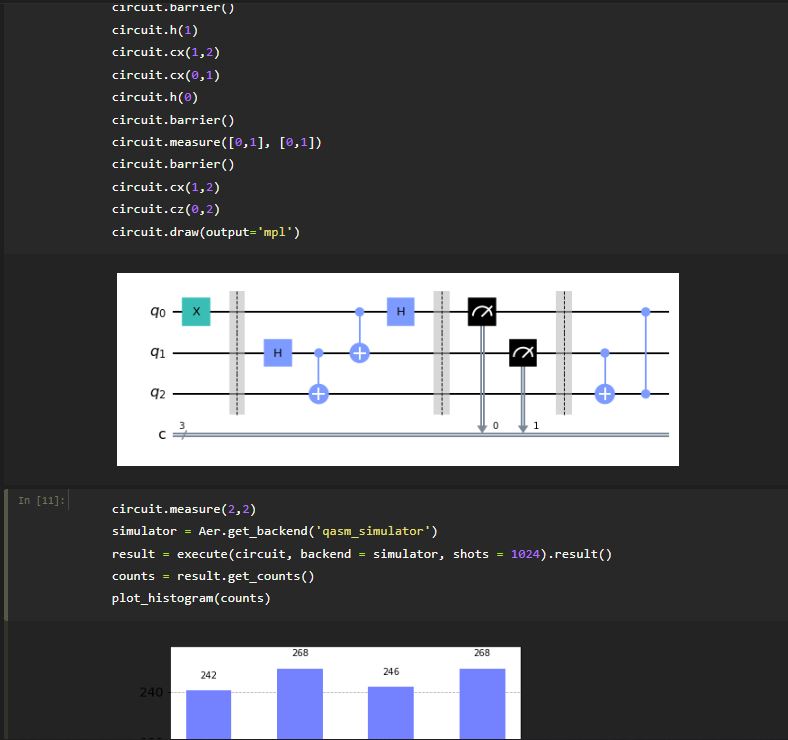this is Quantum Computing.
Materials | Hardware | Algorithms
my immersion within the realm of Quantum Computing, from superconducting materials to sensitive processing circuits, and quantum-mechanical hardware to quantum algorithms.
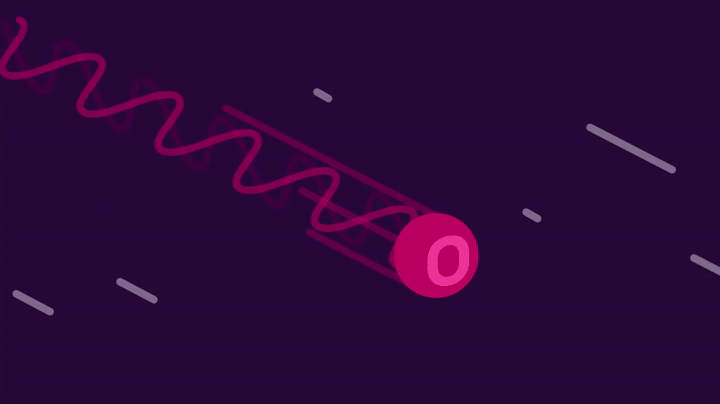
my immersion within the realm of Quantum Computing, from superconducting materials to sensitive processing circuits, and quantum-mechanical hardware to quantum algorithms.

My journey in Quantum Computing came early on within college, however the passion began in high school, where I would ocassionally learn about Quantum Mechanics in my free time, simply because it gave a vastly different perspective of the universe than what can be described classically. The excitement for what Quantum Computing's transformative potential assumes was enough for me to seek out opportunities to learn more about this curious phenomena. Determined, I immersed myself in exploring the multifaceted aspects of this field—making contributions to hardware and materials research and independently working on algorithms.
